Your cart is currently empty!
-
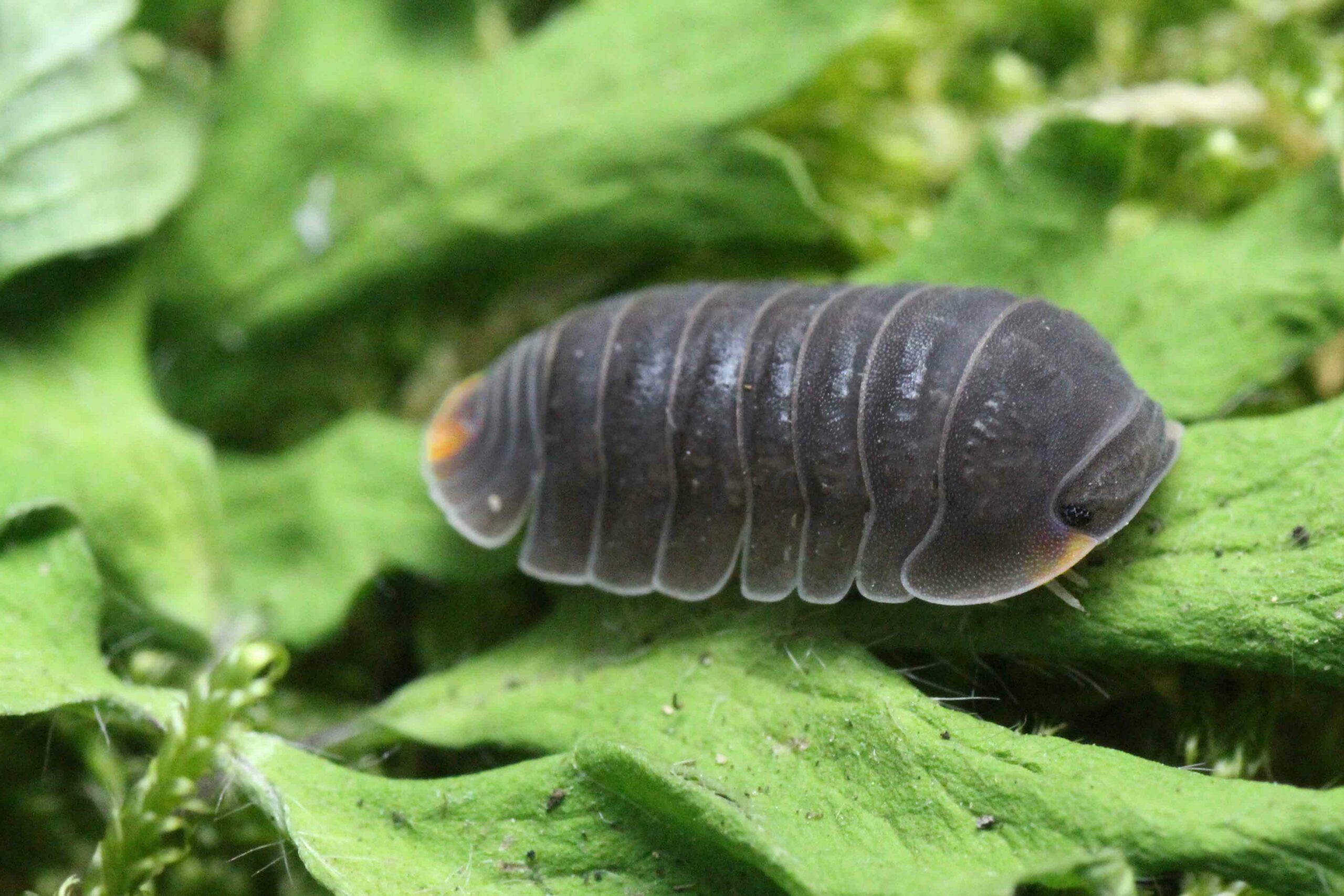 Keeping report Isopods
Keeping report IsopodsCubaris murina
-
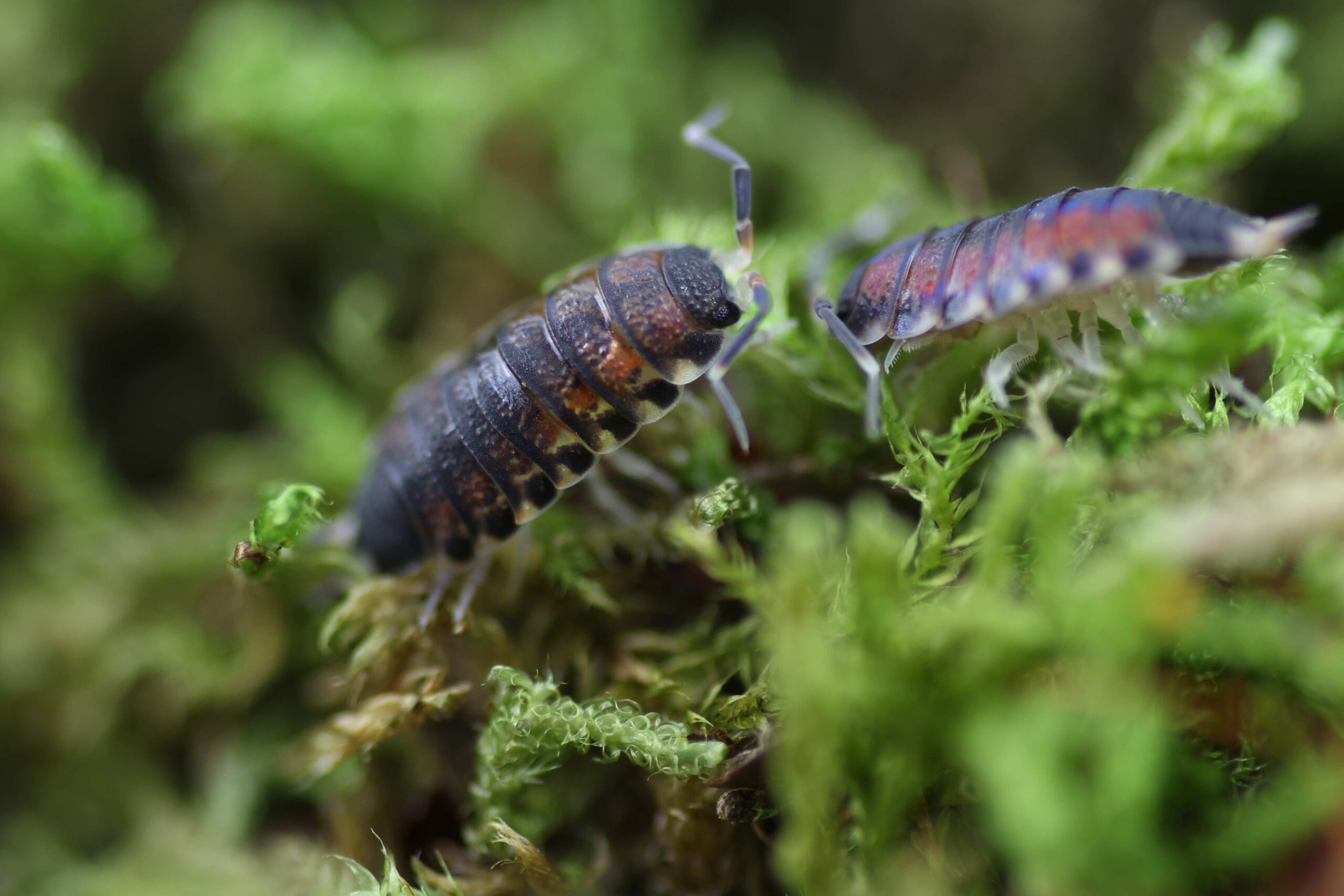 Keeping report Isopods
Keeping report IsopodsPhilosciidae spec. “Northern Thailand”
-
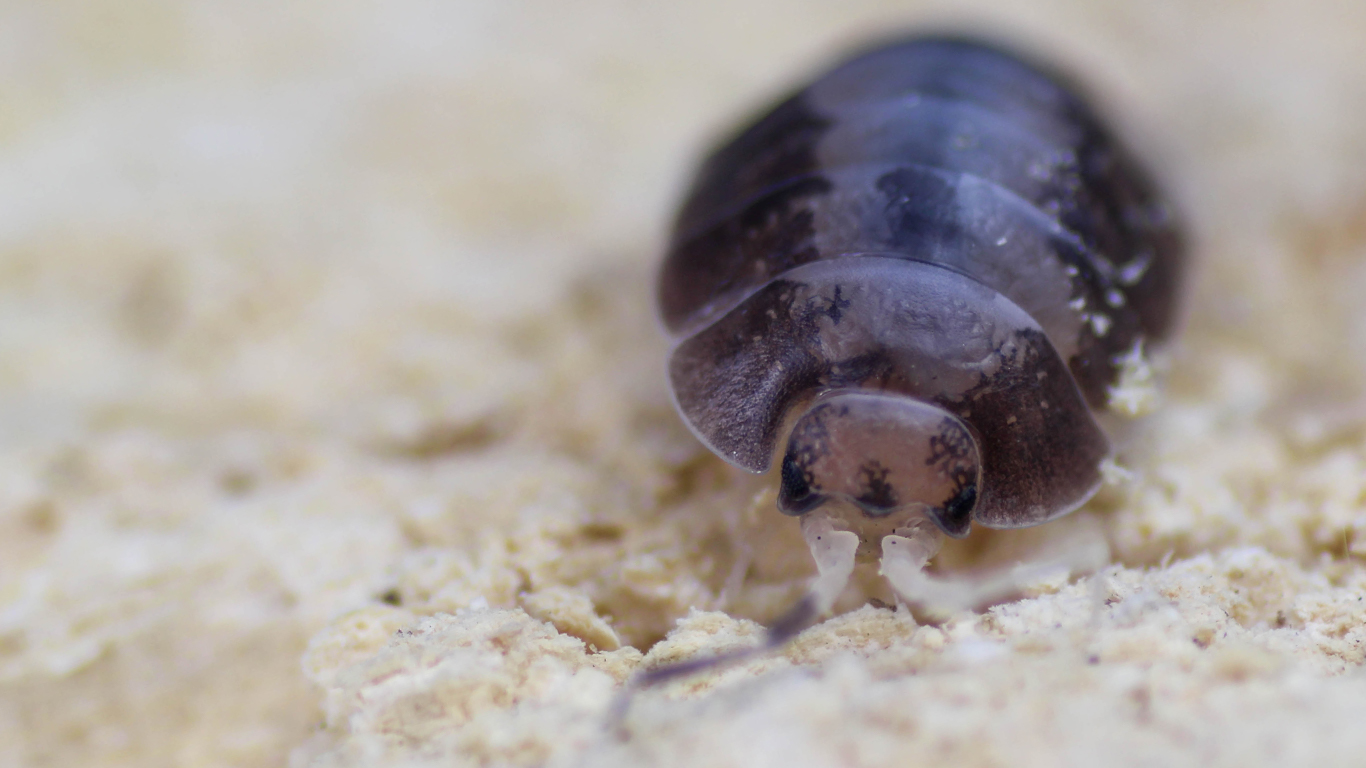 Keeping report Isopods
Keeping report IsopodsPorcellio laevis “Milkback”
-
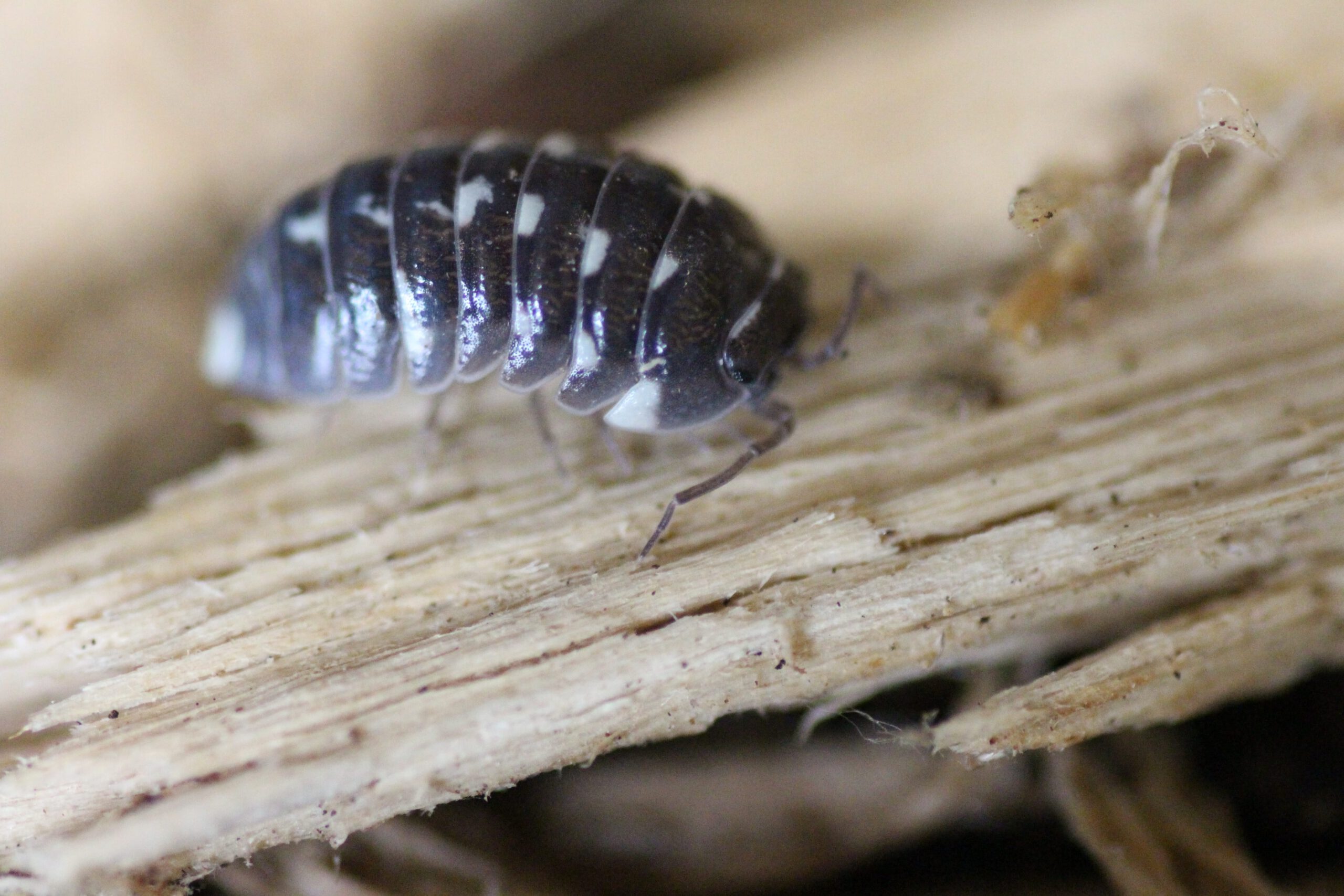 Keeping report Isopods
Keeping report IsopodsArmadillidium corcyraeum
-
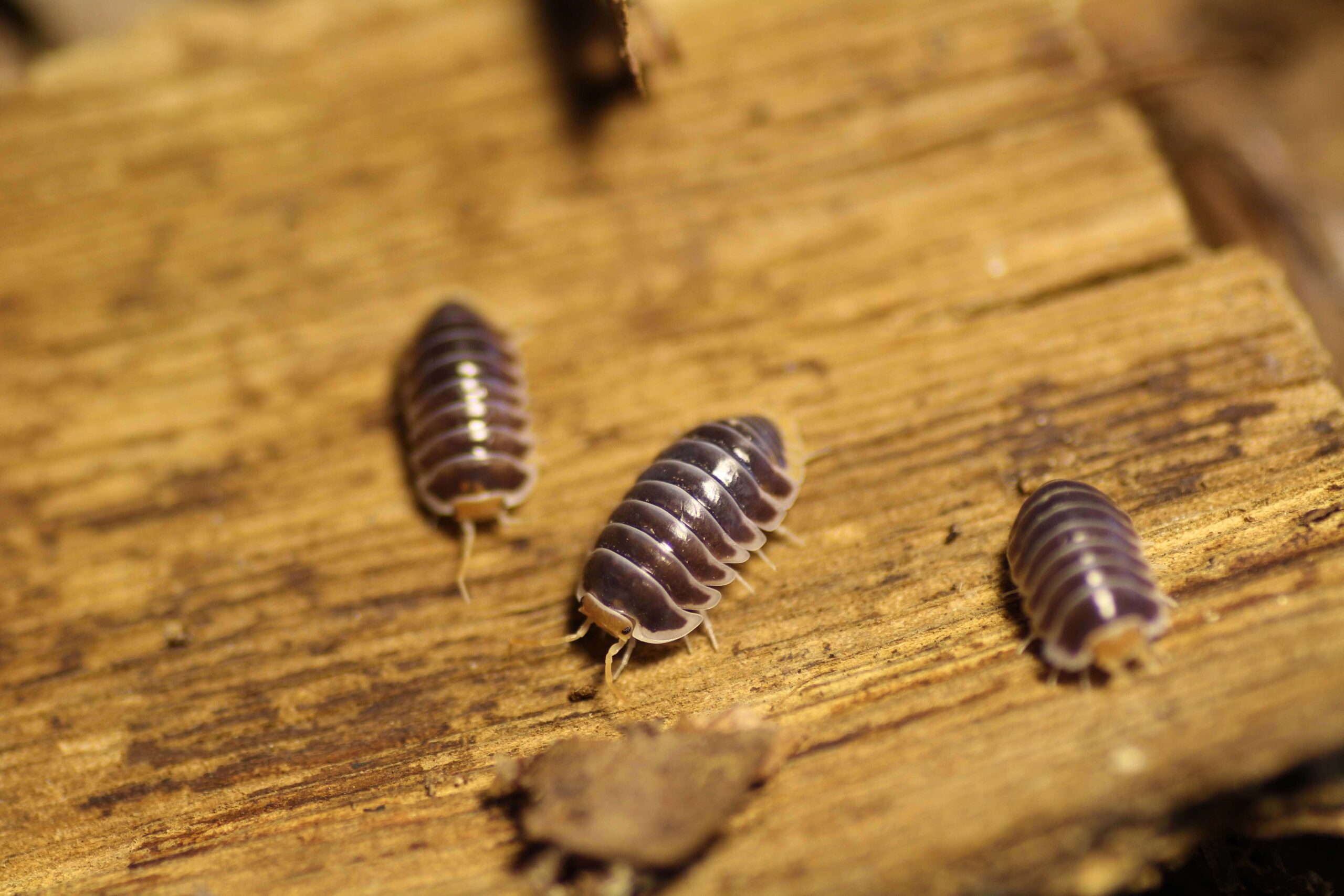 Keeping report Isopods
Keeping report IsopodsPeriscyphis sp. “Hallaniyat Island, Oman”
-
 Keeping report Isopods
Keeping report IsopodsArmadillidium versicolor
-
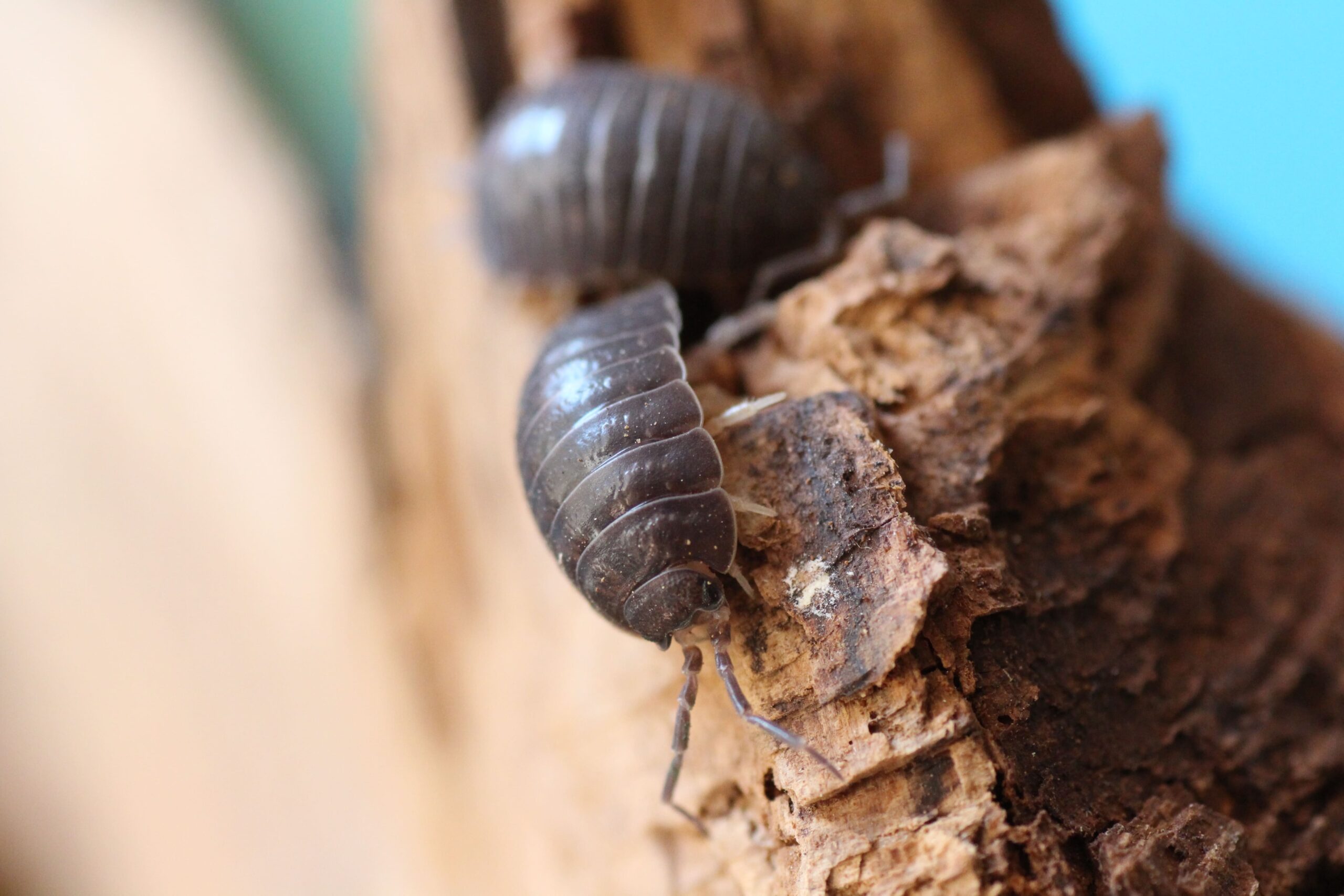 Keeping report Isopods
Keeping report IsopodsPorcellio laevis “black”
-
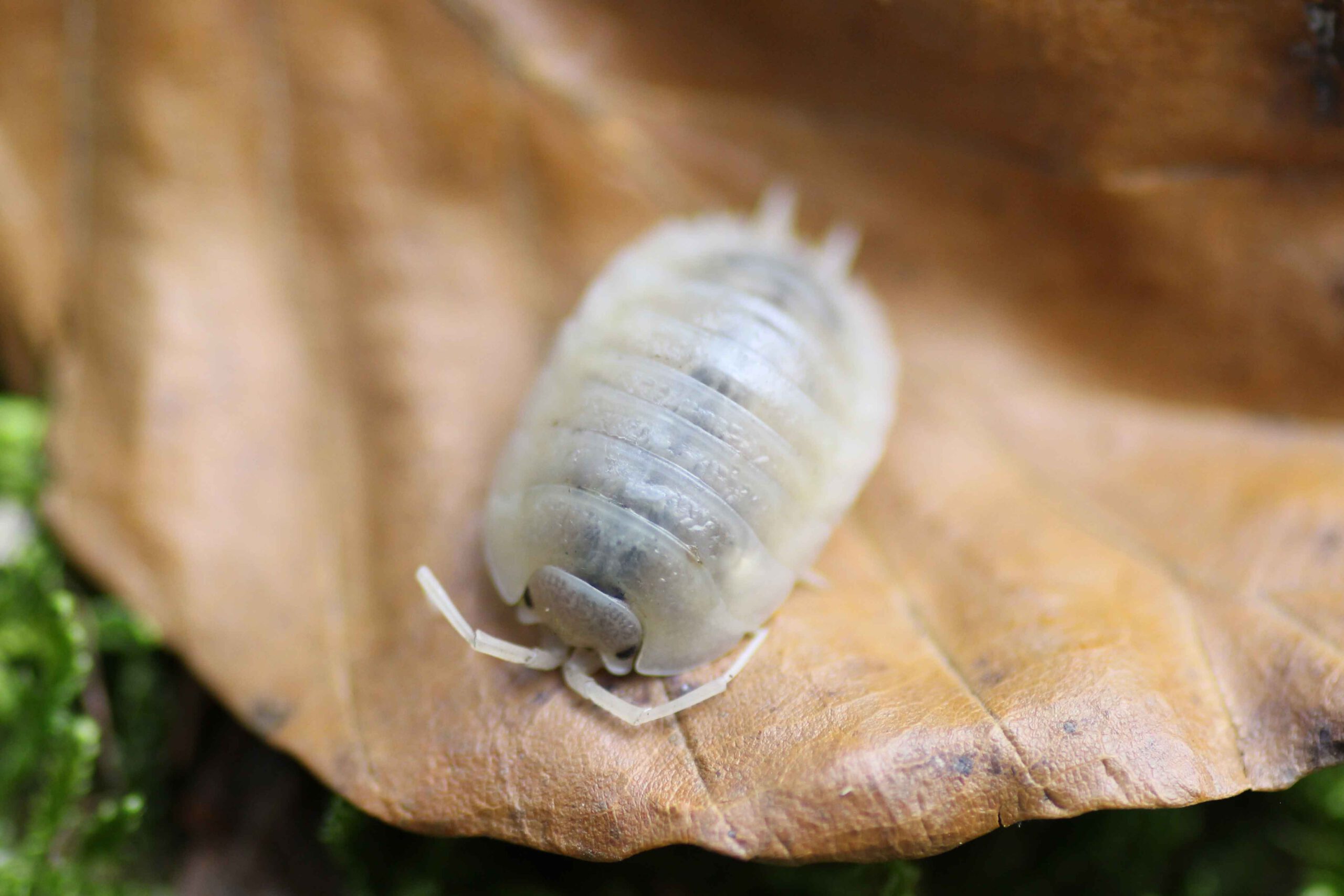 Keeping report Isopods
Keeping report IsopodsPorcellio laevis “white”
-
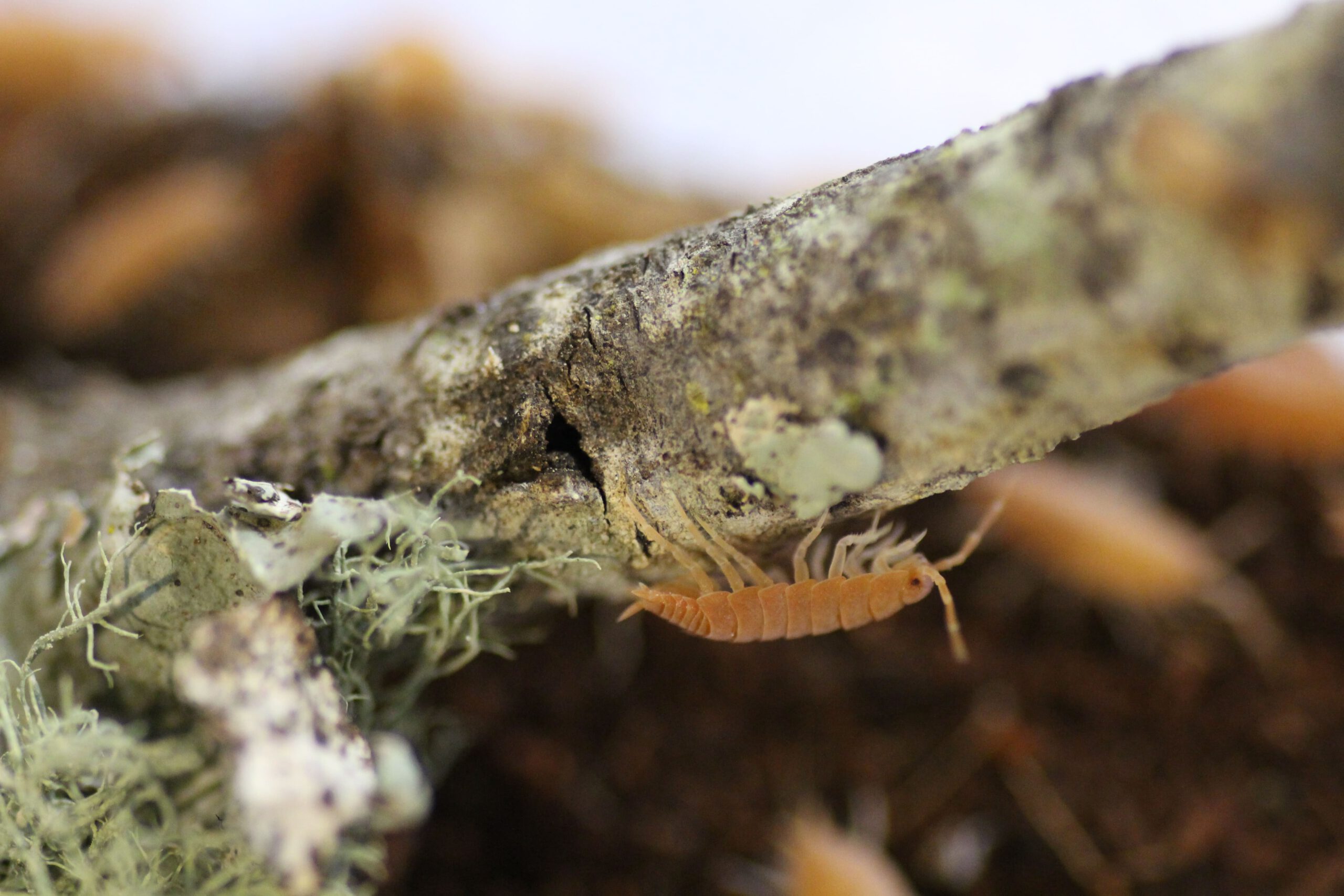 Keeping report Isopods
Keeping report IsopodsPorcellionides pruinosus “Cuban Isopods (orange)”
-
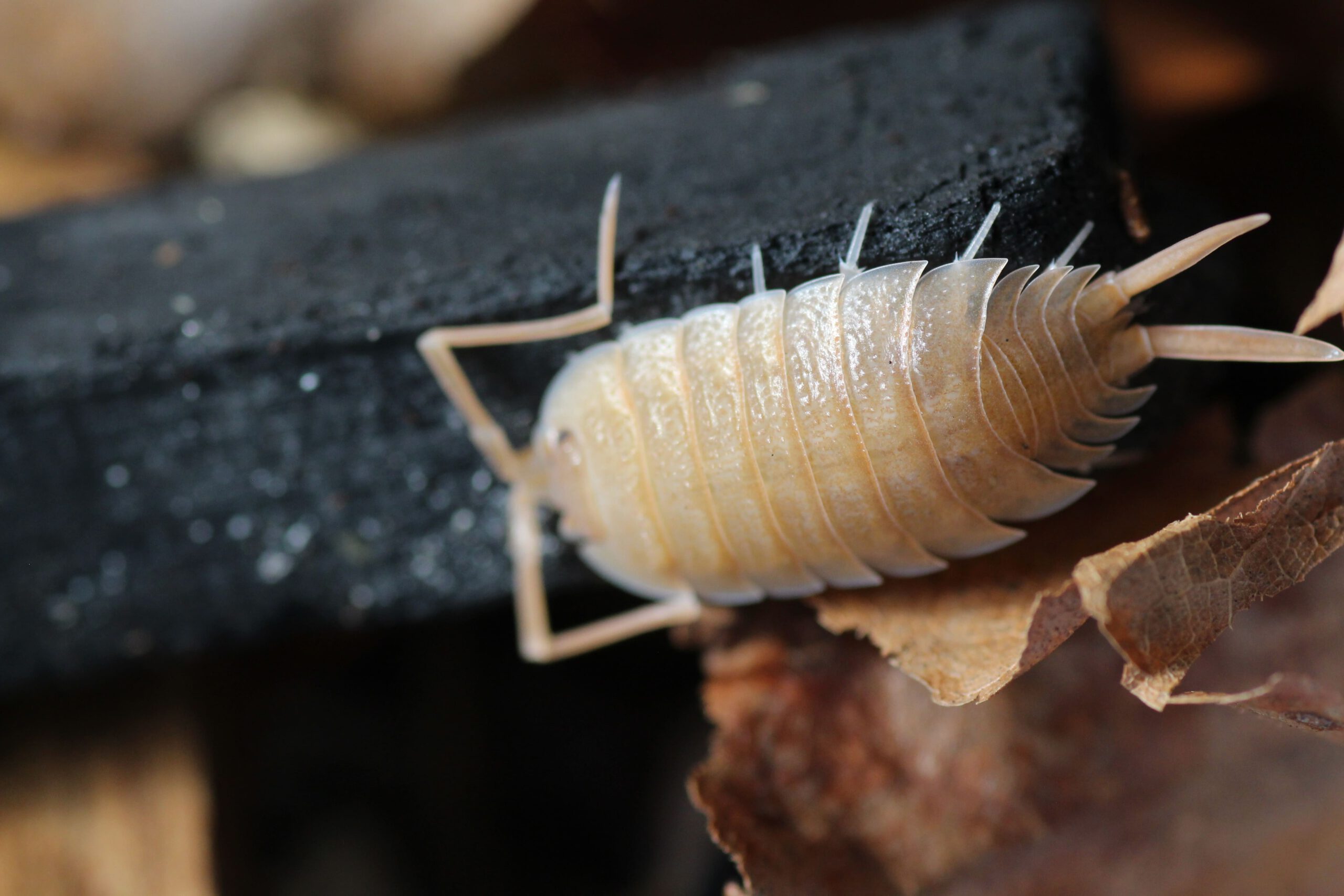 Keeping report Isopods
Keeping report IsopodsPorcellio bolivari nicklesi
-
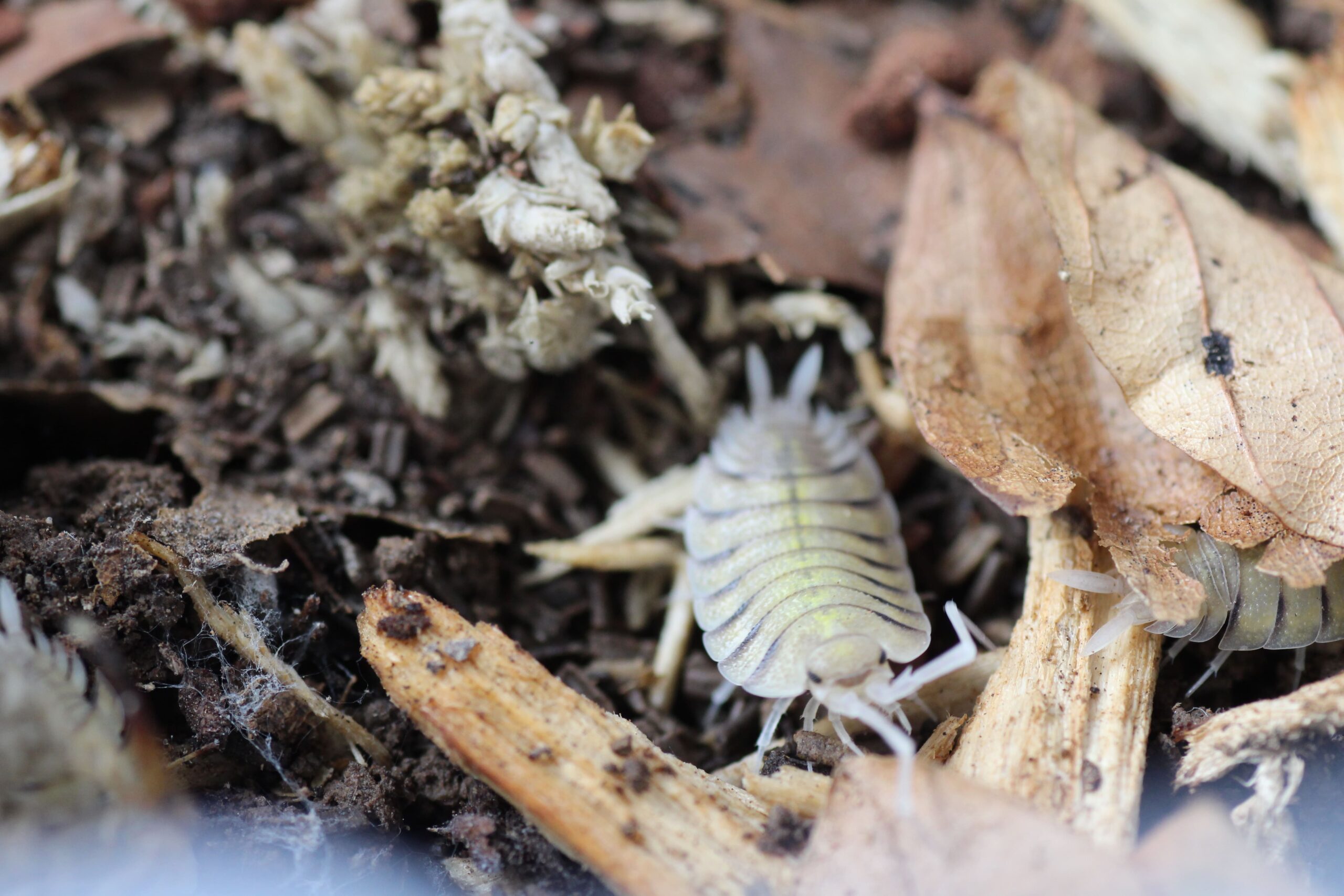 Keeping report Isopods
Keeping report IsopodsPorcellio bolivari
-
Keeping report Isopods
Armadillidium gestroi
-
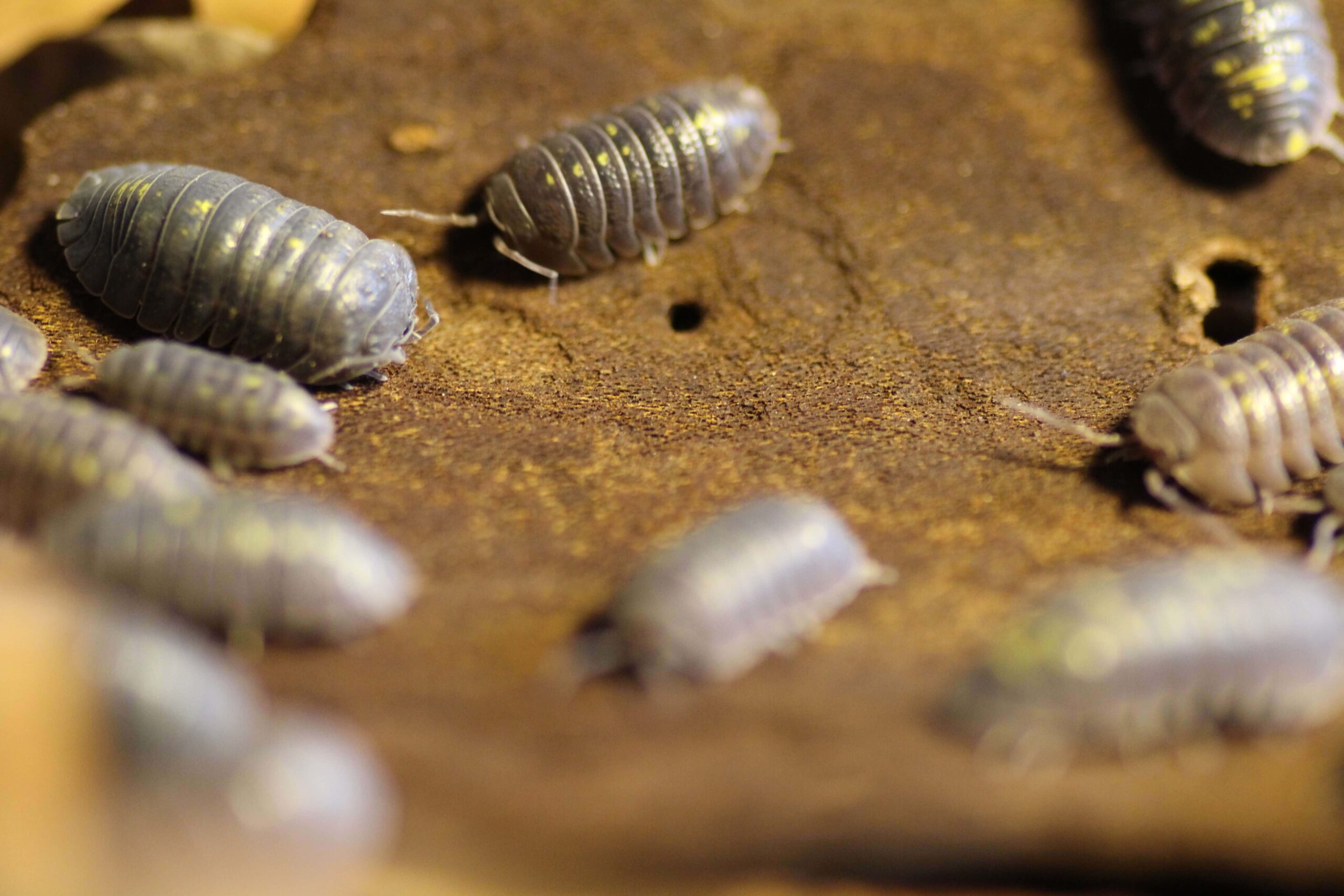 Keeping report Isopods
Keeping report IsopodsArmadillidium granulatum
-
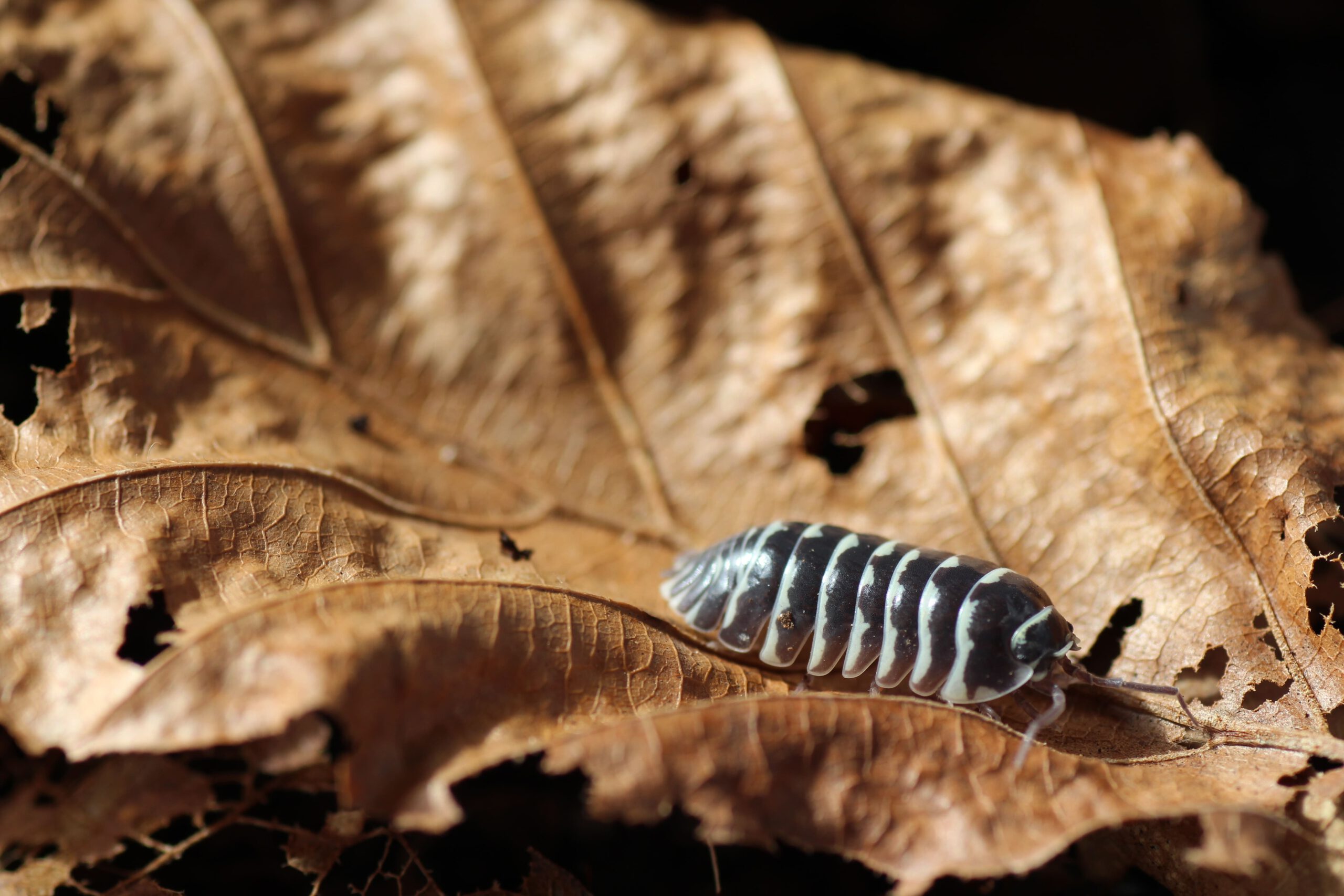 Keeping report Isopods
Keeping report IsopodsArmadillidium maculatum “Zebra woodlouse”
-
 Keeping report Isopods
Keeping report IsopodsArmadillidium klugii “Montenegro”
-
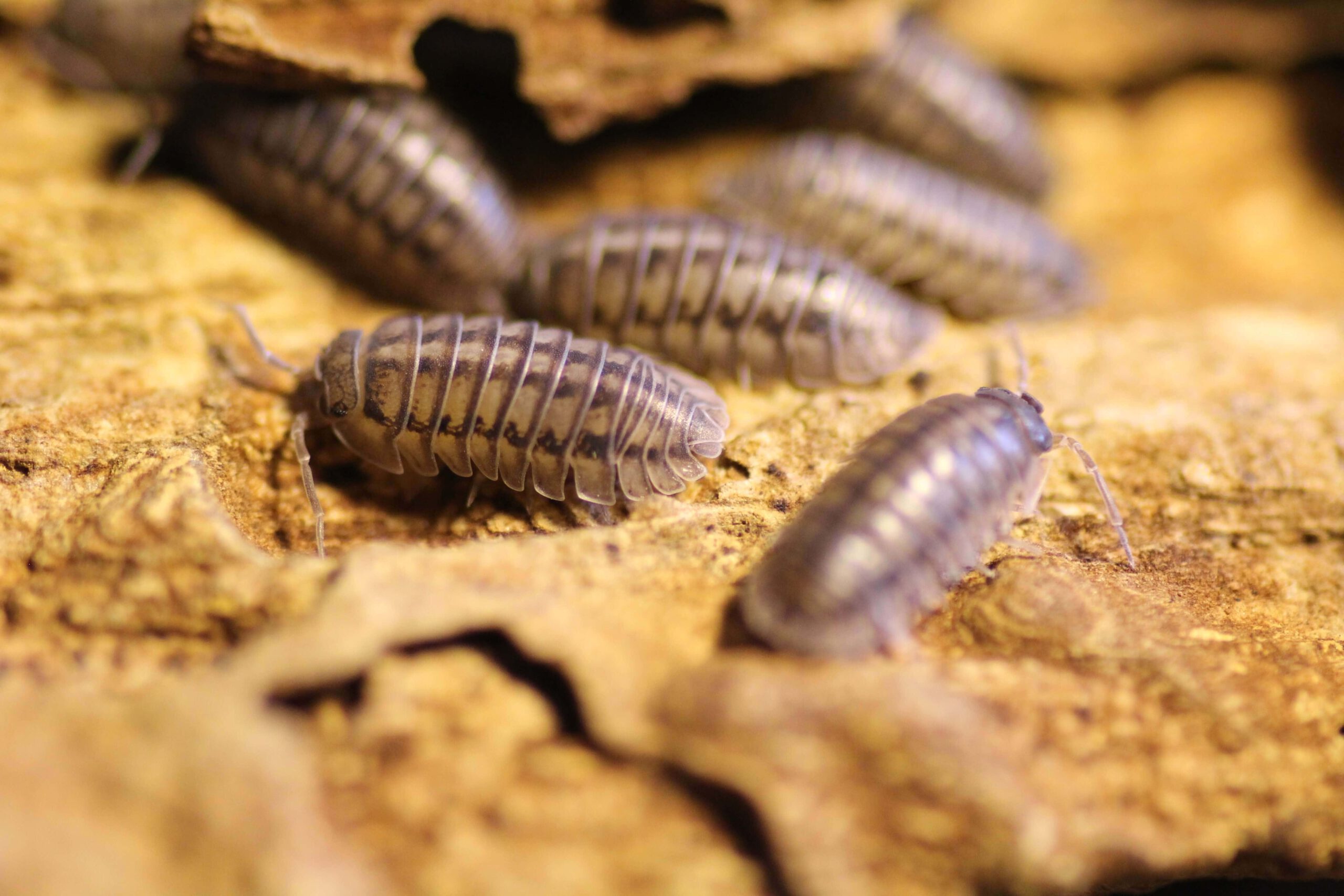 Keeping report Isopods
Keeping report IsopodsArmadillidium nasatum
-
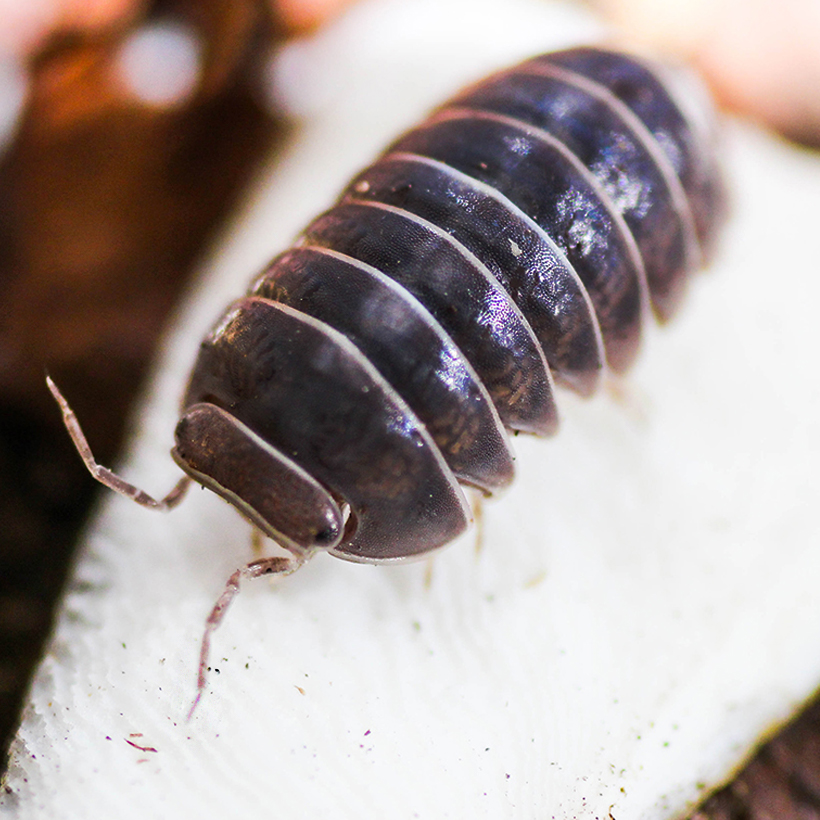 Keeping report Isopods
Keeping report IsopodsArmadillo officinalis
-
Keeping report Isopods
Merulanella bicolorata
-
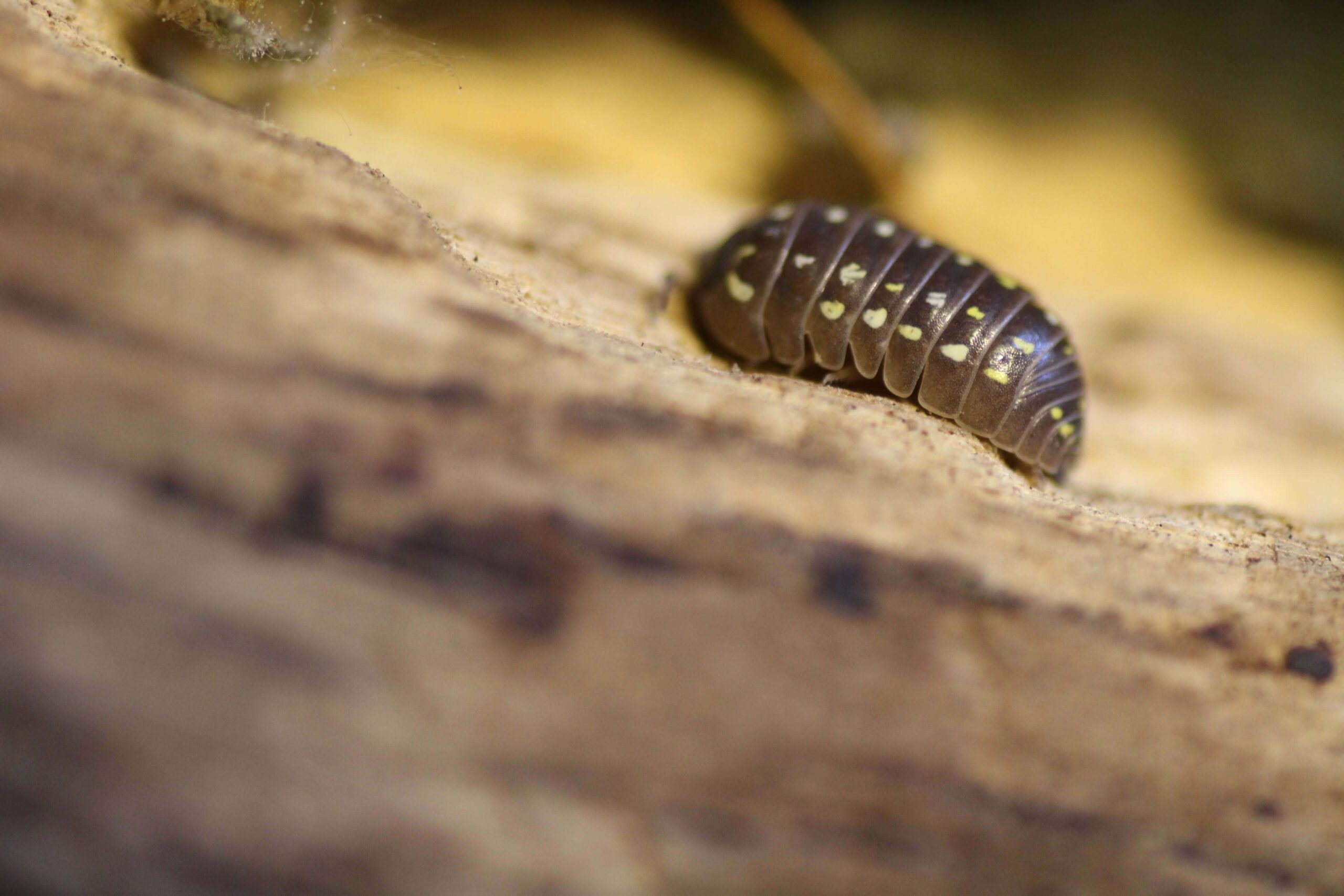 Keeping report Isopods
Keeping report IsopodsArmadillidium spec. “Albania”
-
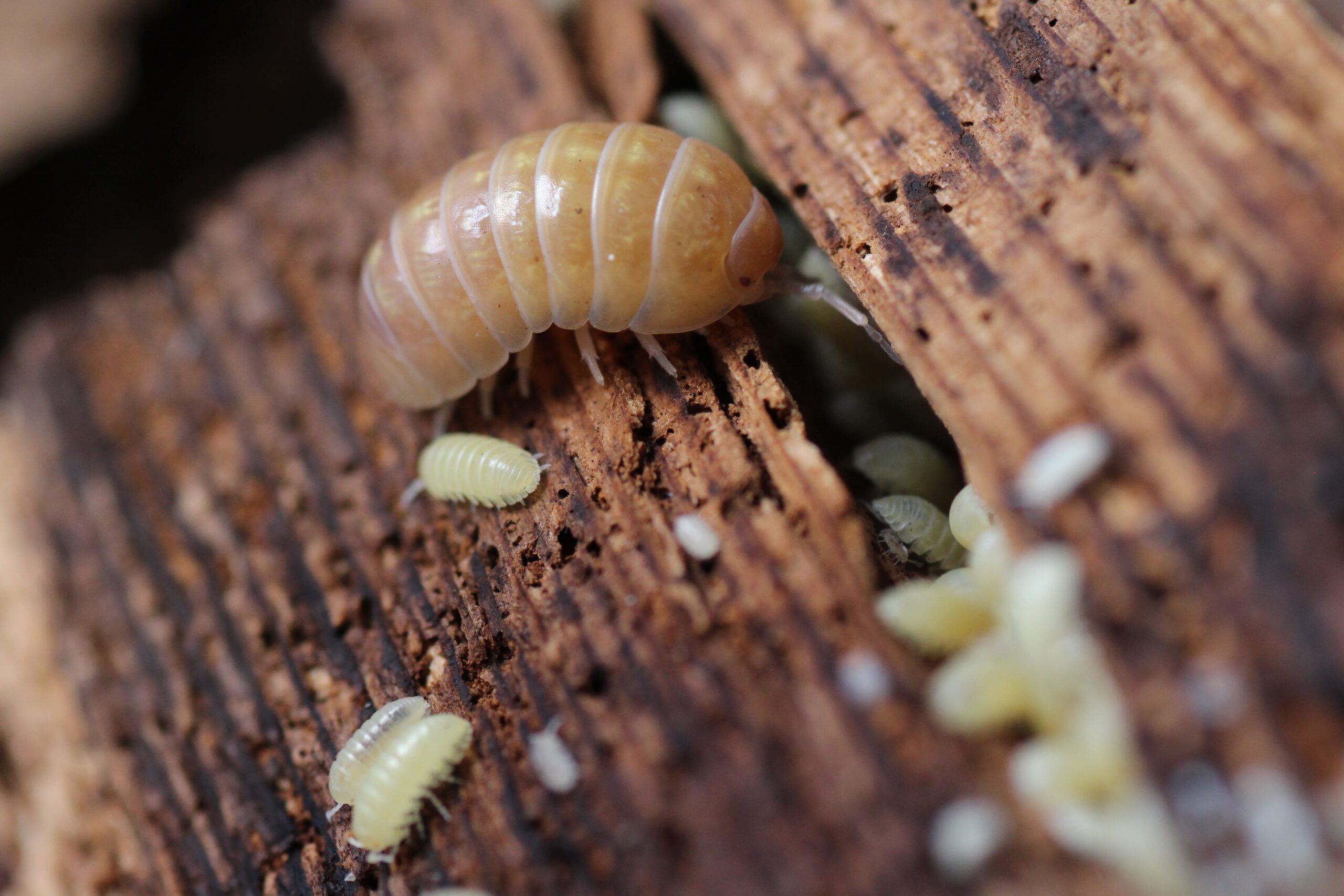 Keeping report Isopods
Keeping report IsopodsArmadillidium spec. “Albino”
-
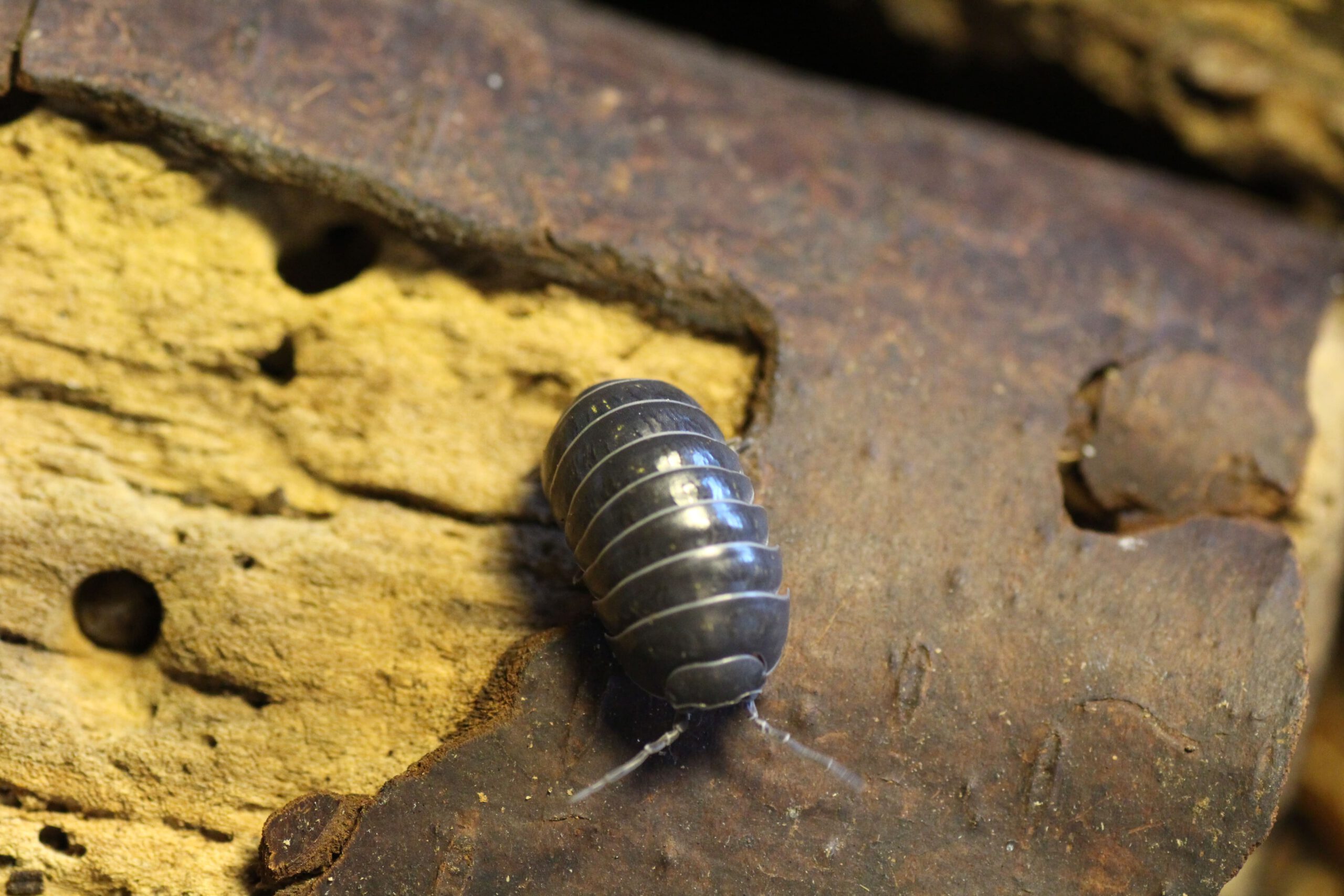 Keeping report Isopods
Keeping report IsopodsArmadillidium vulgare
-
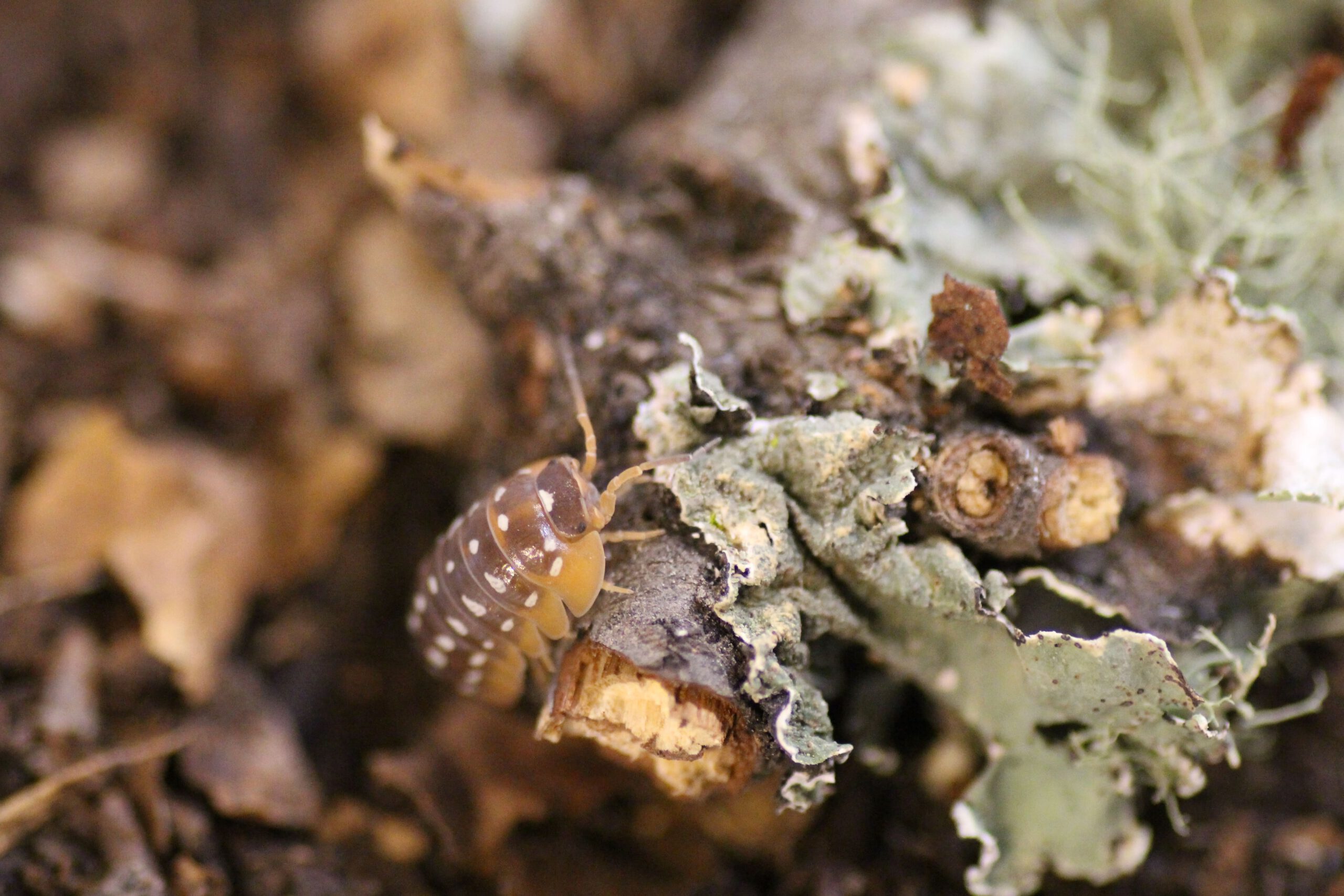 Keeping report Isopods
Keeping report IsopodsArmadillidium werneri
-
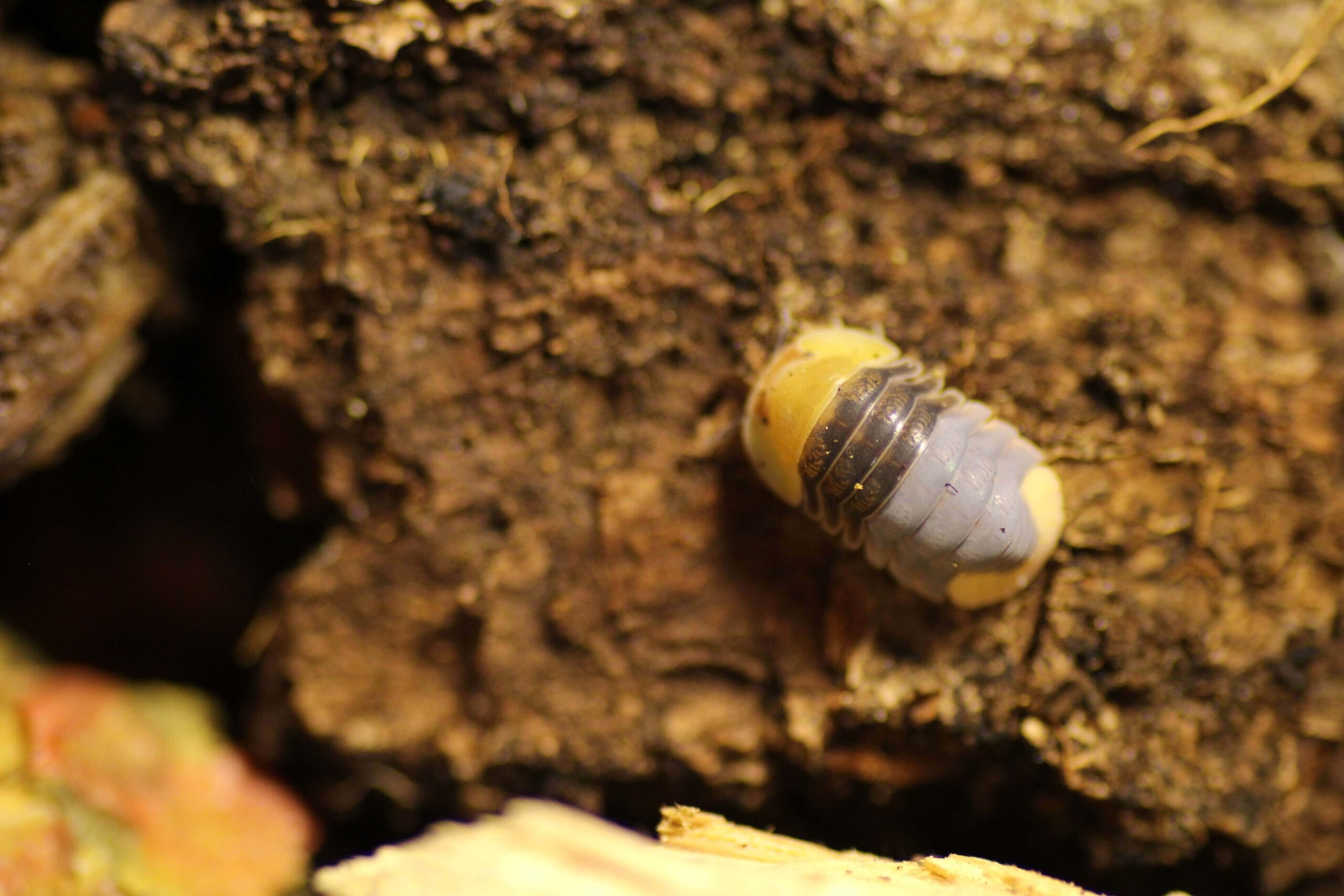 Keeping report Isopods
Keeping report IsopodsIsopoda spec. “Rubber Ducky”
-
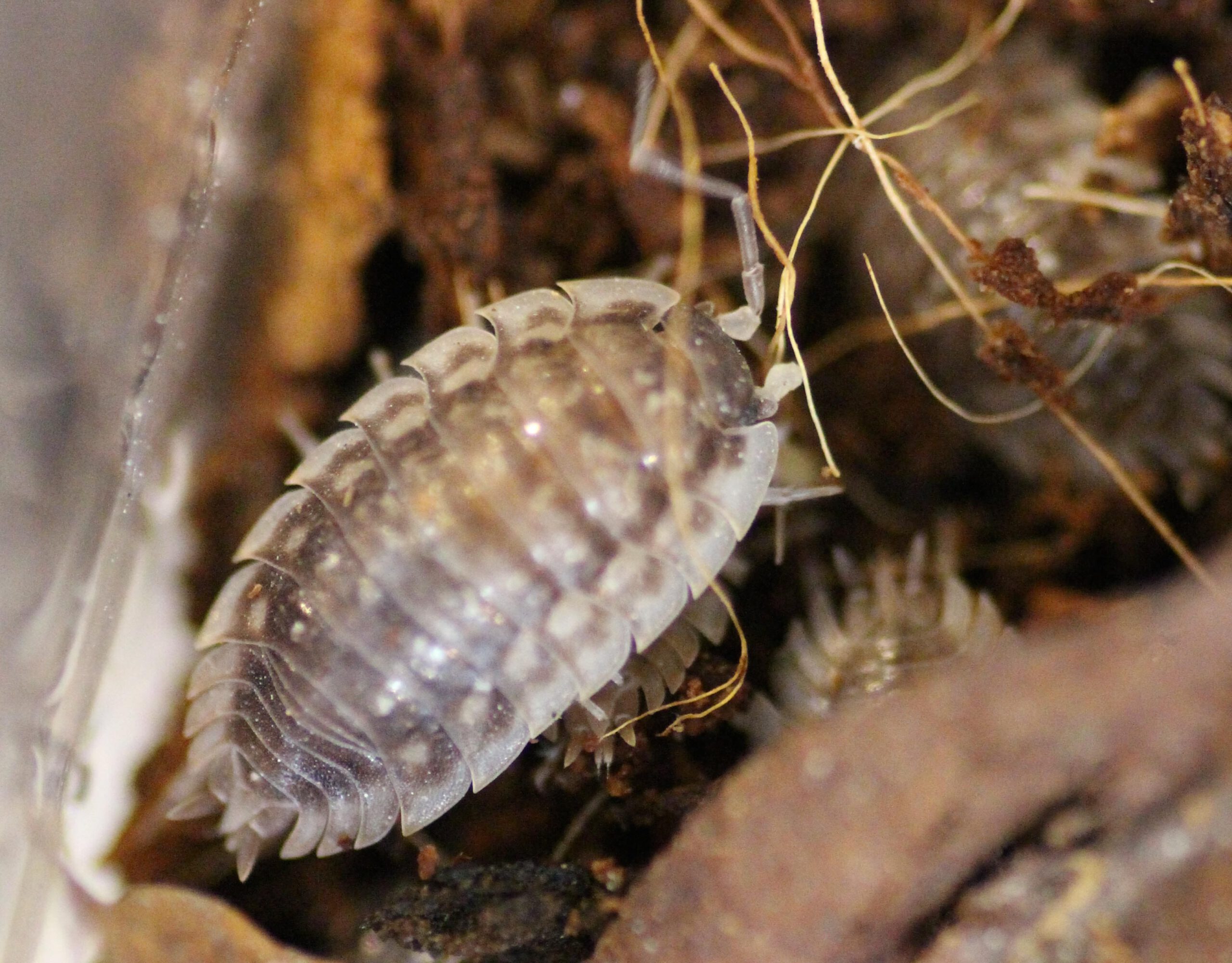 Keeping report Isopods
Keeping report IsopodsOniscus asellus “woodlouse”
-
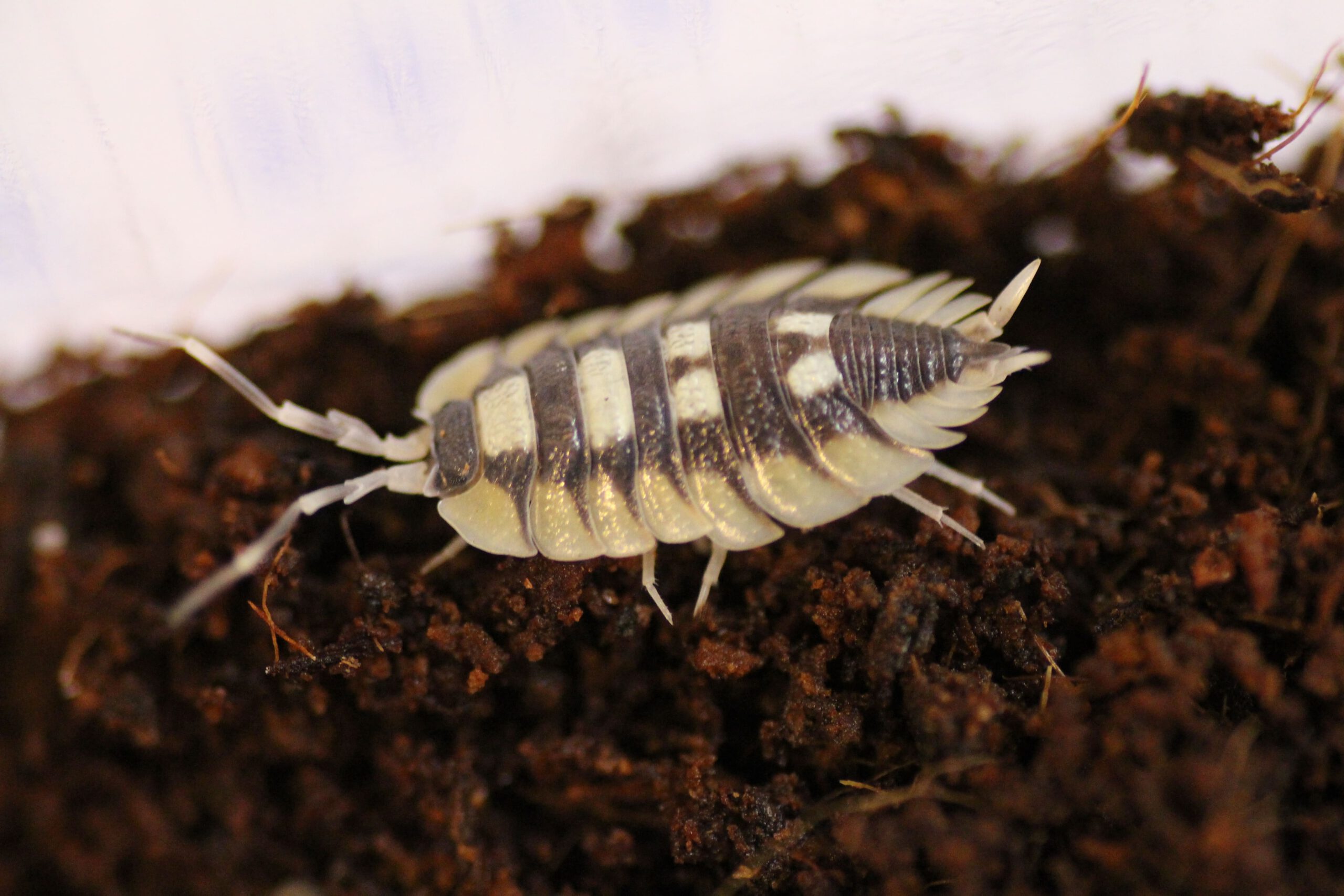 Keeping report Isopods
Keeping report IsopodsPorcellio expansus
-
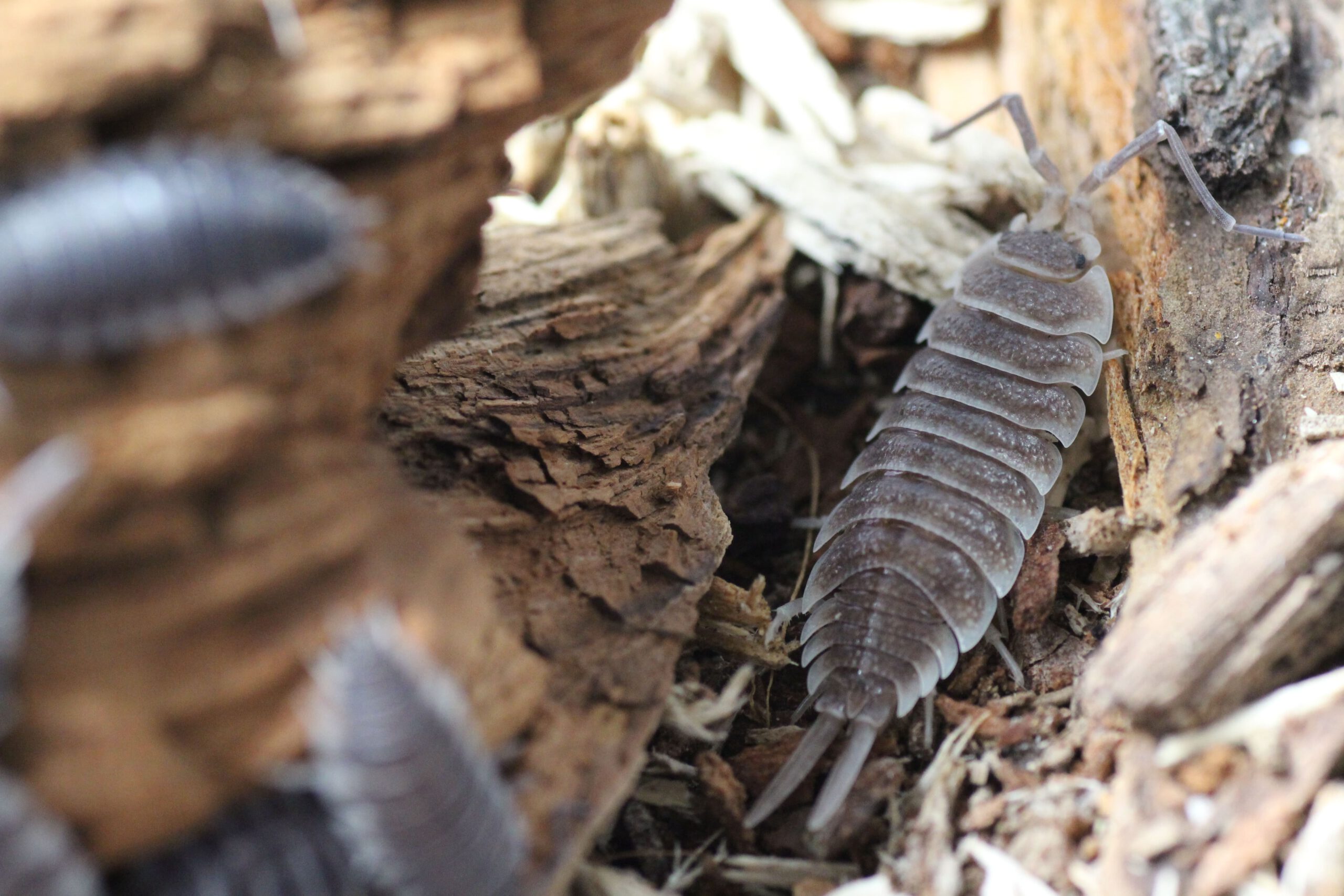 Keeping report Isopods
Keeping report IsopodsPorcellio hoffmannseggi
-
 Keeping report Isopods
Keeping report IsopodsPorcellio haasi
-
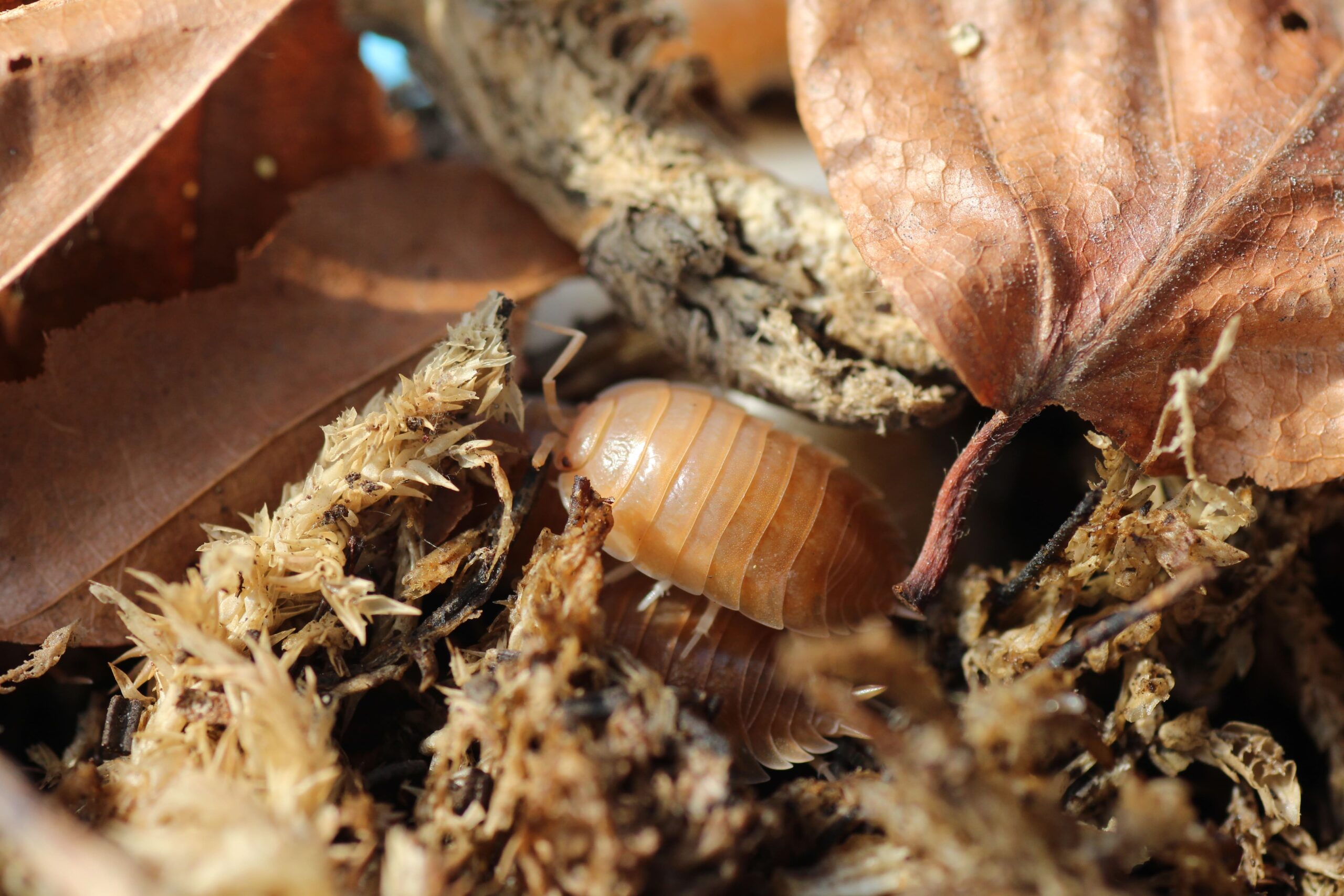 Keeping report Isopods
Keeping report IsopodsPorcellio laevis “orange”
-
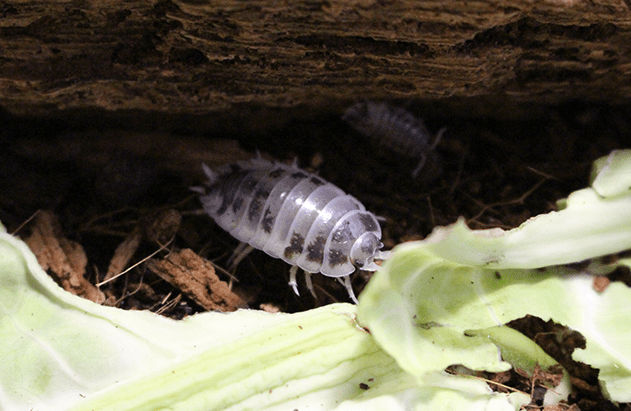 Keeping report Isopods
Keeping report IsopodsPorcellio laevis “Panda”
-
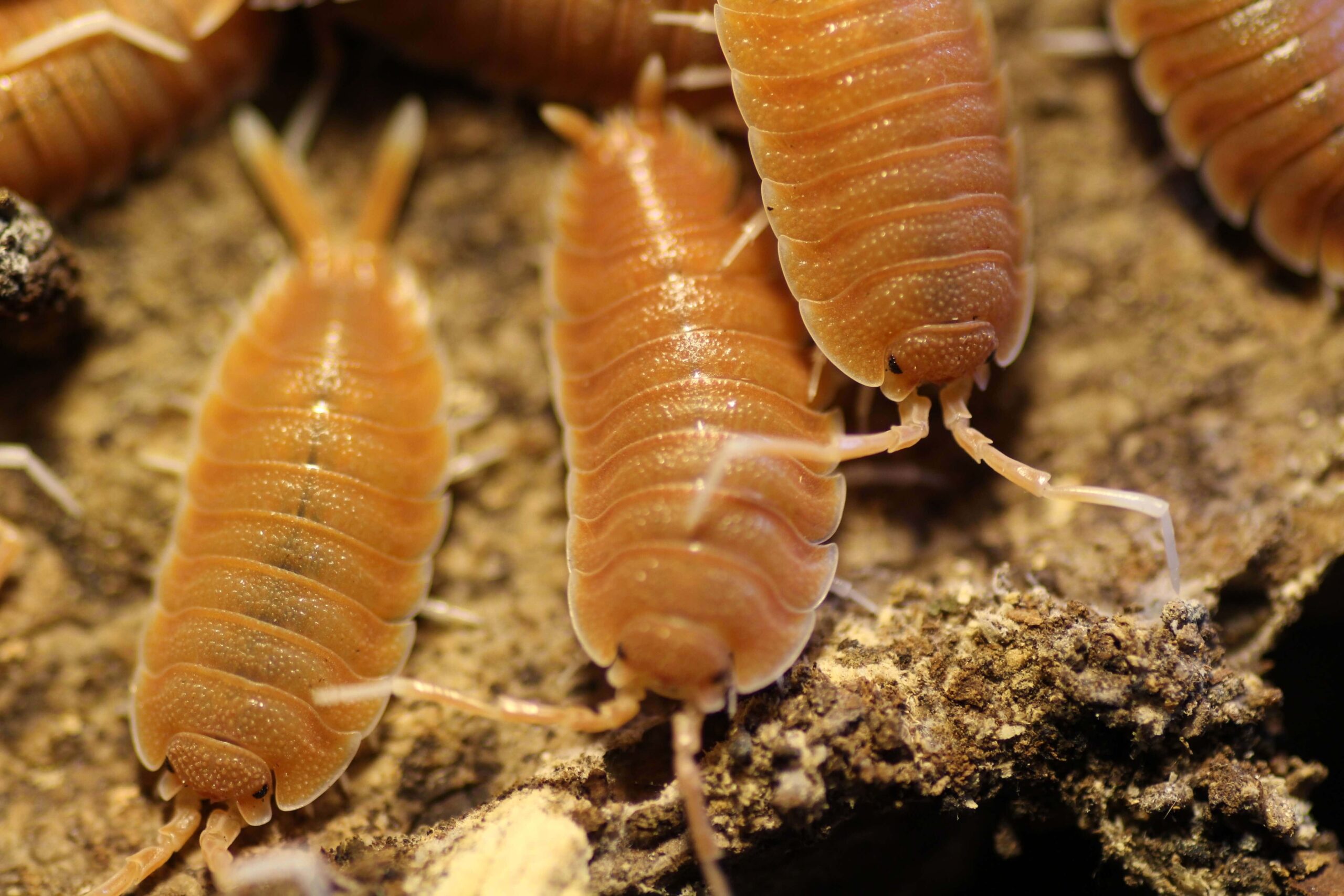 Keeping report Isopods
Keeping report IsopodsPorcellio magnificus
-
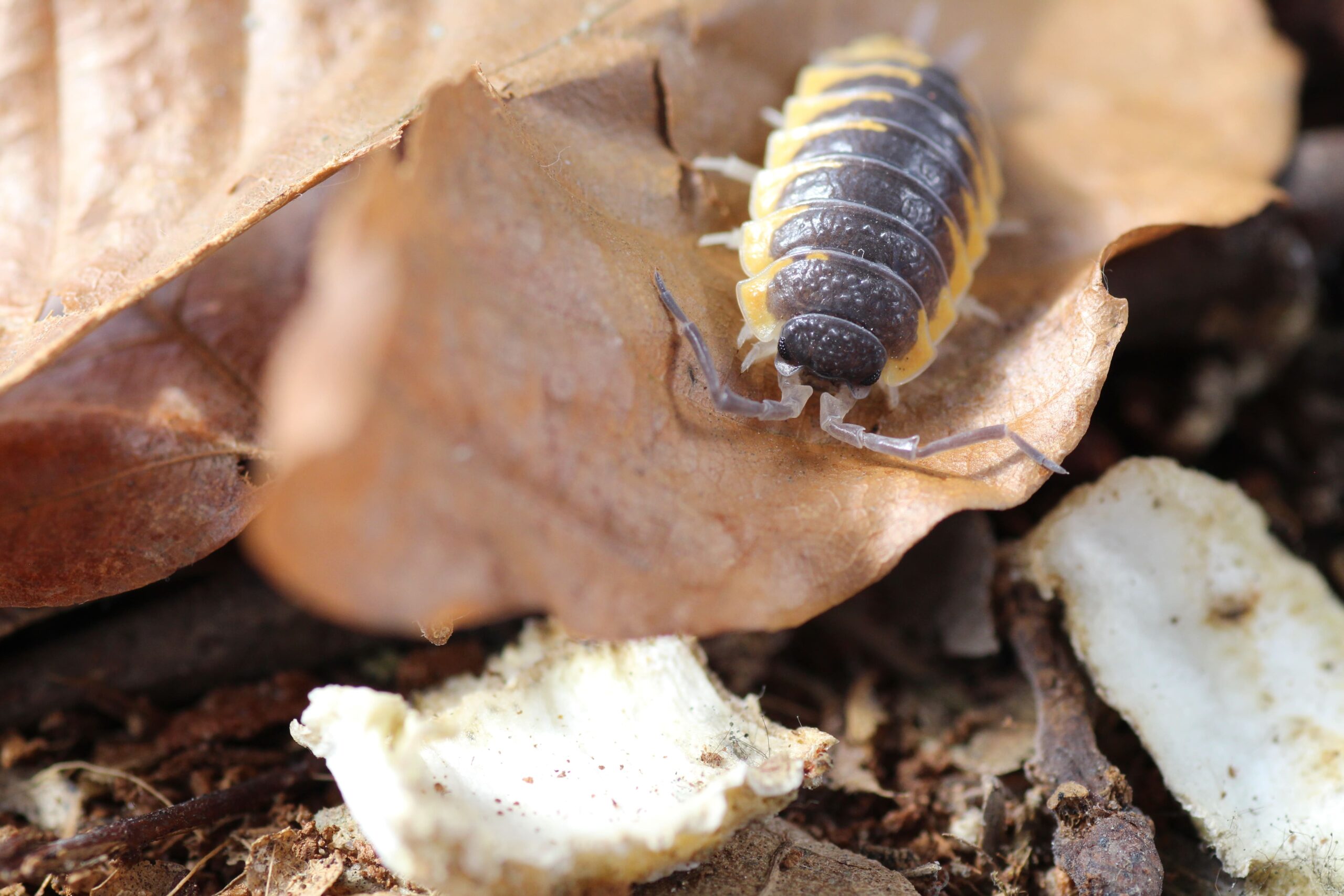 Keeping report Isopods
Keeping report IsopodsPorcellio ornatus
-
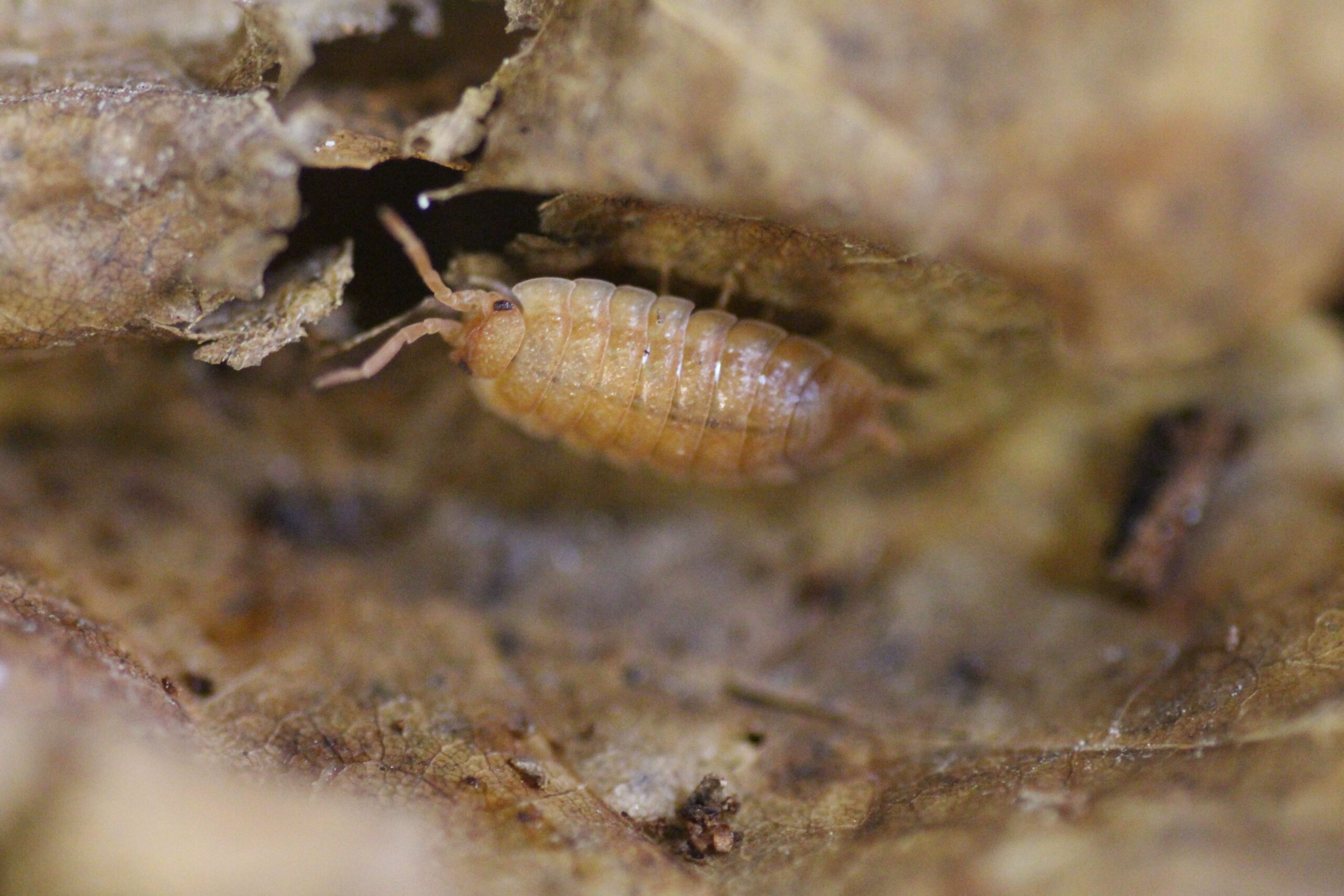 Keeping report Isopods
Keeping report IsopodsPorcellio scaber “orange”
-
 Keeping report Isopods
Keeping report IsopodsPorcellio spec. “Morocco”
-
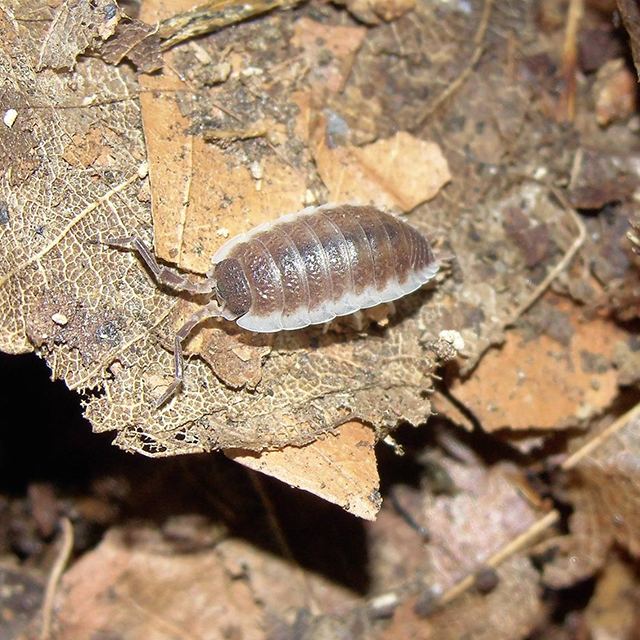 Keeping report Isopods
Keeping report IsopodsPorcellio spec. “Sevilla”
-
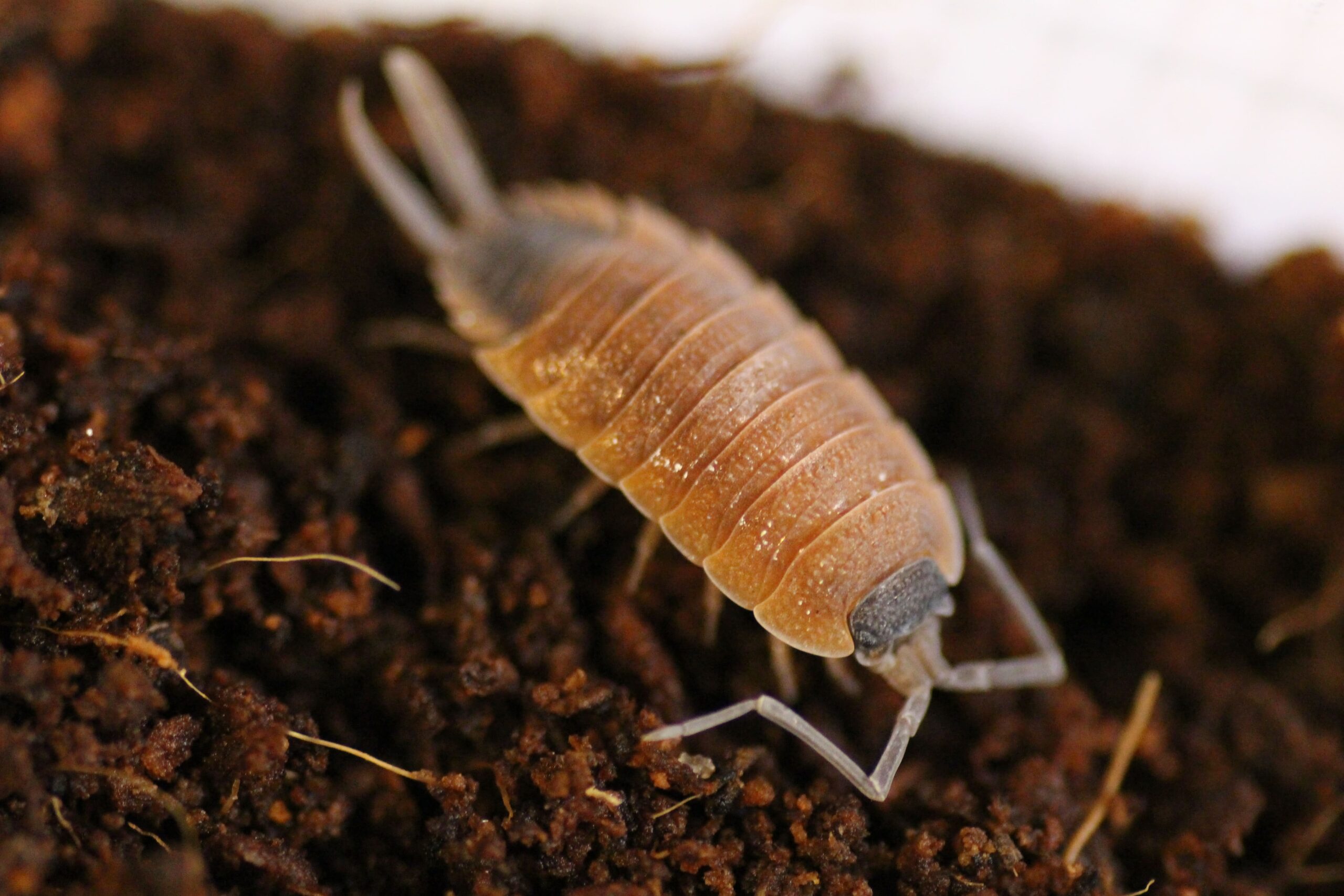 Keeping report Isopods
Keeping report IsopodsPorcellio silvestri
-
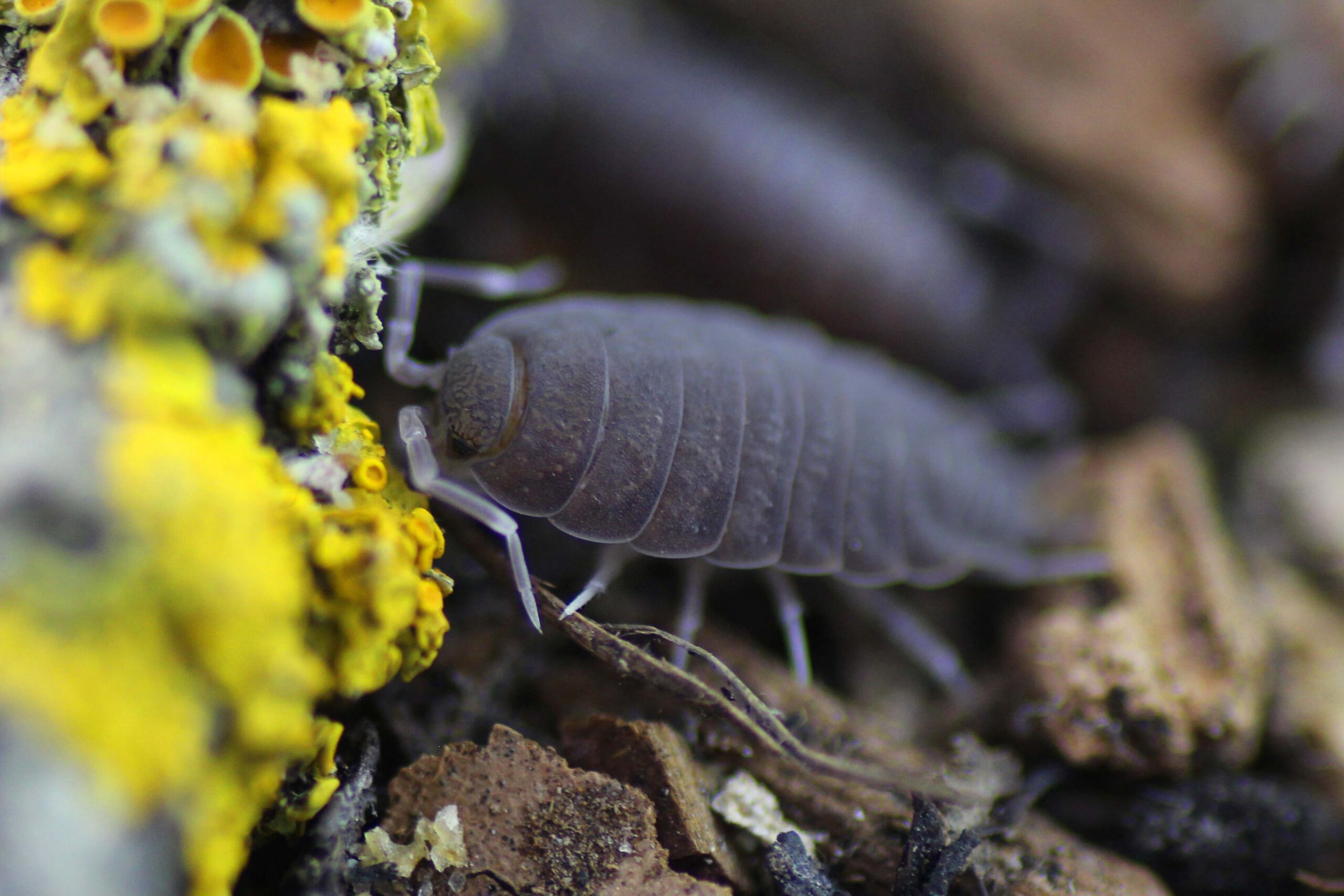 Keeping report Isopods
Keeping report IsopodsPorcellionides pruinosus- Cuban Isopods
-
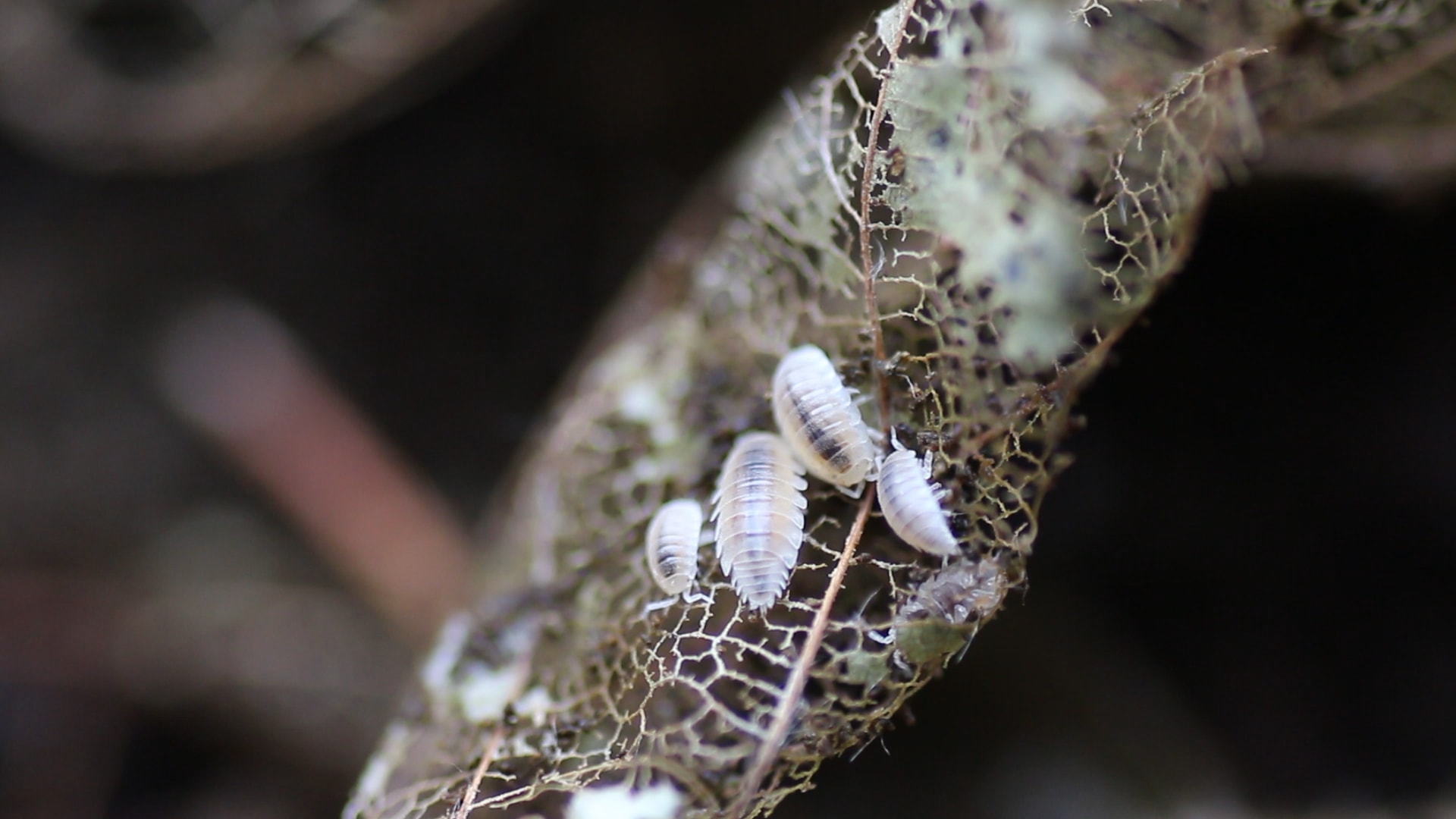 Keeping report Isopods
Keeping report IsopodsTrichorhina tomentosa “White woodlice”